1. Akbari M, Şenol Çelik S. The effects of discharge training and postdischarge counseling on quality of life after coronary artery bypass graft surgery. Nurs Midwifery Stud. 2018; 7(3):105–110.

2. Naveed A, Azam H, Murtaza HG, Ahmad RA, Baig MA. Incidence and risk factors of pulmonary complications after cardiopulmonary bypass. Pak J Med Sci. 2017; 33(4):993–996. PMID:
29067080.

3. Hwang HY, Yeom SY, Choi JW, Oh SJ, Park EA, Lee W, et al. Cardiac magnetic resonance predictor of ventricular function after surgical coronary revascularization. J Korean Med Sci. 2017; 32(12):2009–2015. PMID:
29115084.

4. Hartford K. Telenursing and patients’ recovery from bypass surgery. J Adv Nurs. 2005; 50(5):459–468. PMID:
15882362.

5. Bikmoradi A, Masmouei B, Ghomeisi M, Roshanaei G, Masiello I. Impact of telephone counseling on the quality of life of patients discharged after coronary artery bypass grafts. Patient Educ Couns. 2017; 100(12):2290–2296. PMID:
28625860.

6. Dal Ü, Bulut H, Güler Demir S. Cerrahi The problems experienced by the patients at home after surgery. Med J Bakirkoy. 2012; 8(1):34–40.
7. Nagata S, Tomura H, Murashima S. Expansion of discharge planning system in Japan: comparison of results of a nationwide survey between 2001 and 2010. BMC Health Serv Res. 2012; 12(1):237–240. PMID:
22863296.

8. Yalçın S, Arpa Y, Cengiz A, Doğan S. A comparison of nurses’ and patients’ opinions about discharge education need. J Educ Res Nurs. 2015; 12(3):204–209.
9. Williams B. Supporting self-care of patients following general abdominal surgery. J Clin Nurs. 2008; 17(5):584–592. PMID:
18279291.

10. Tok Yıldız F, Kaşıkçı M. The care of individual followed with a diagnosis of coronary artery disease according to Orem’s Self-Care Deficit Theory (a case report). Balikesir Health Sci J. 2018; 7(3):114–120.
11. Jerant AF, Azari R, Martinez C, Nesbitt TS. A randomized trial of telenursing to reduce hospitalization for heart failure: patient-centered outcomes and nursing indicators. Home Health Care Serv Q. 2003; 22(1):1–20.

12. Nahcivan NO. A Turkish language equivalence of the Exercise of Self-Care Agency Scale. West J Nurs Res. 2004; 26(7):813–824. PMID:
15466617.

13. Catal E, Dicle A. A validity and reliability study of the coping and adaptation processing scale in Turkey. Eur Heart J Acute Cardiovasc Care. 2012; 1:7.
14. Clares JW, Guedes MV, Freitas MC. Construction of nursing diagnoses for people with spinal cord injury in rehabilitation. Rev Esc Enferm USP. 2021; 55:e03750. PMID:
34346966.
15. Cebeci F, Celik SS. Discharge training and counselling increase self-care ability and reduce postdischarge problems in CABG patients. J Clin Nurs. 2008; 17(3):412–420. PMID:
18047578.

16. Pieper B, Sieggreen M, Freeland B, Kulwicki P, Frattaroli M, Sidor D, et al. Discharge information needs of patients after surgery. J Wound Ostomy Continence Nurs. 2006; 33(3):281–289. PMID:
16717518.

17. Yıldız T. Current methods used in surgery patient education: not disease centered, patient centered education. J Marmara Uni Inst Health Sci. 2015; 5(2):129–133.
18. Kars Fertelli T, Tel H. Effects self care agency of programmed education given to the patients after myocard infarction. J Intensive Care Nurs. 2007; 11(2):57–61.
19. Bsharat R, Karadağ M. The impact of patient education on quality of life of patients undergoing coronary artery bypass grafting (CABG) in the West Bank of Palestine. EC Nursnd Healthc. 2019; 1(2):11–23.
20. Zhu T, Liu H, Han A, Gu H, Li X. Orem’s self-care to treat acute coronary syndrome after PCI helps improve rehabilitation efficacy and quality of life. Am J Transl Res. 2021; 13(4):2752–2762. PMID:
34017438.
21. Yeh MY, Wu SC, Tung TH. The relation between patient education, patient empowerment and patient satisfaction: a cross-sectional-comparison study. Appl Nurs Res. 2018; 39:11–17. PMID:
29422144.

22. Aydın S, Yavuz T, Düver H, et al. The evaluation of quality of life in elderly patients after coronary by pass operation by means of SF-36. Turk Geriatri Derg. 2002; 5(2):64–67.
23. Lee Y, Han JO, Lee H, Lim S. The development and operation of a home management system during the COVID-19 pandemic: experience of the local government Gyeonggi-do in Korea. J Korean Med Sci. 2021; 36(19):e134. PMID:
34002552.

24. Naz S. Application of dorothea Orem’s Theory into nursing practice. J Rehman Med Inst. 2017; 3(3-4):46–50.
25. Alkrisat M, Dee V.. The validation of the Coping and Adaptation Processing Scale based on the Roy adaptation model. J Nurs Meas. 2014; 22(3):367–380.

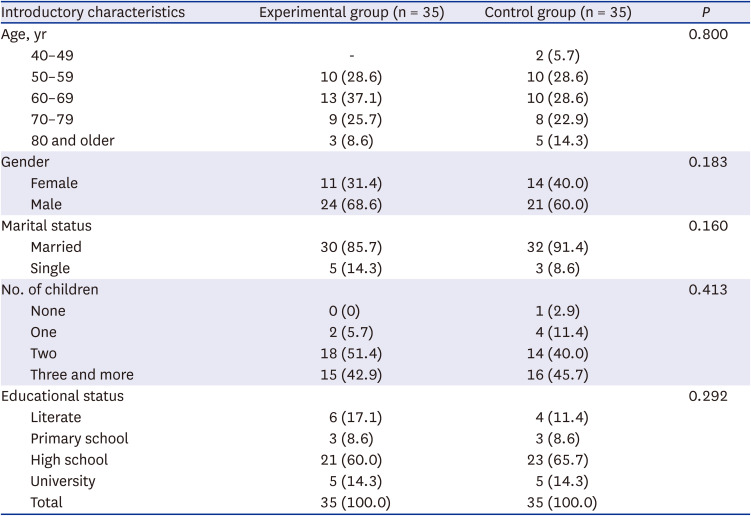
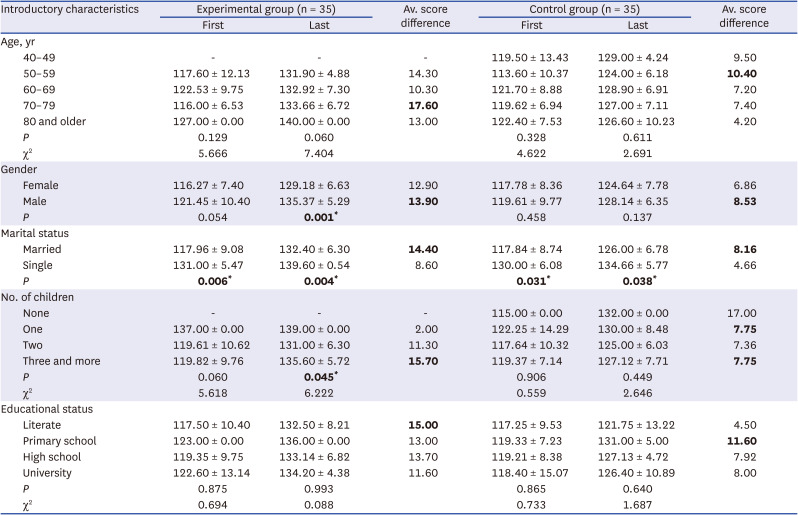
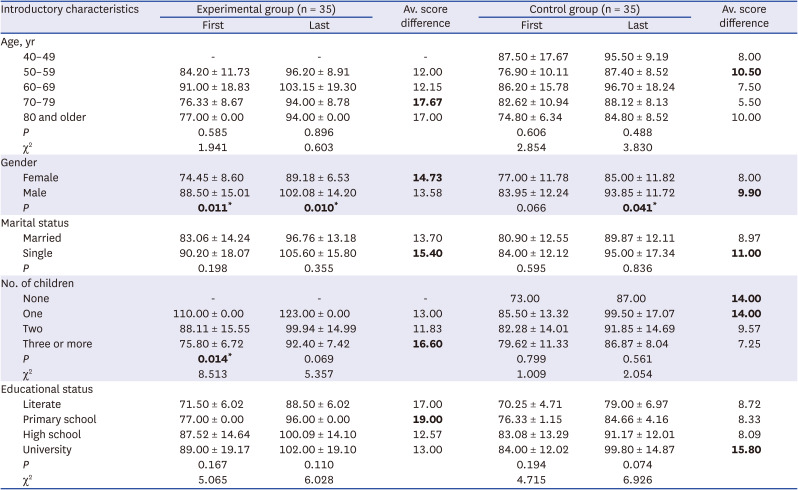






 PDF
PDF Citation
Citation Print
Print



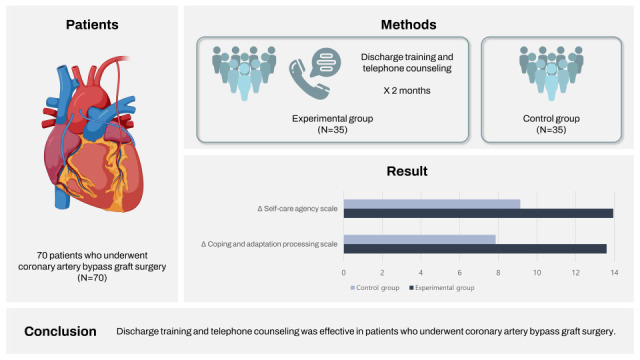
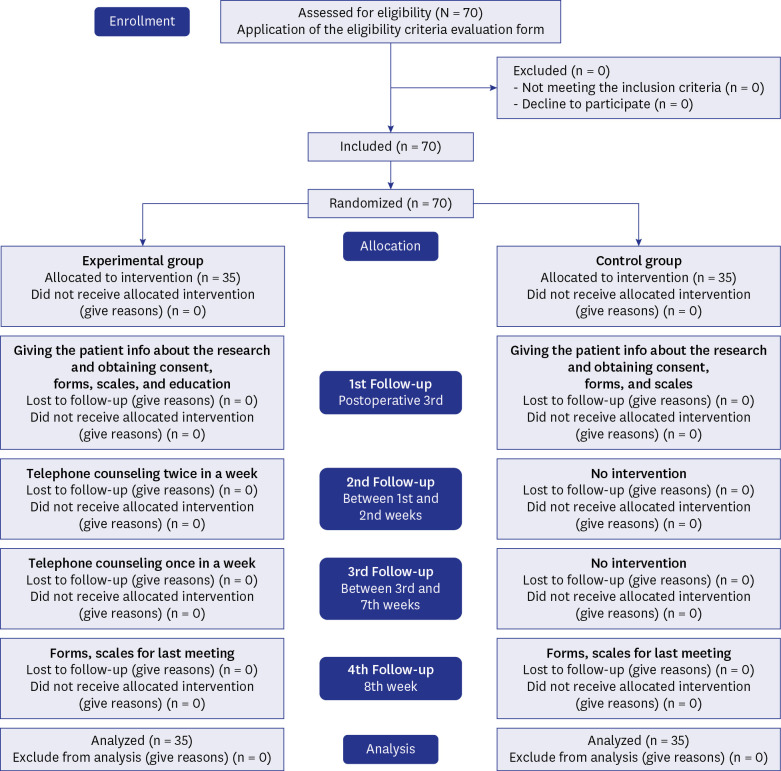
 XML Download
XML Download